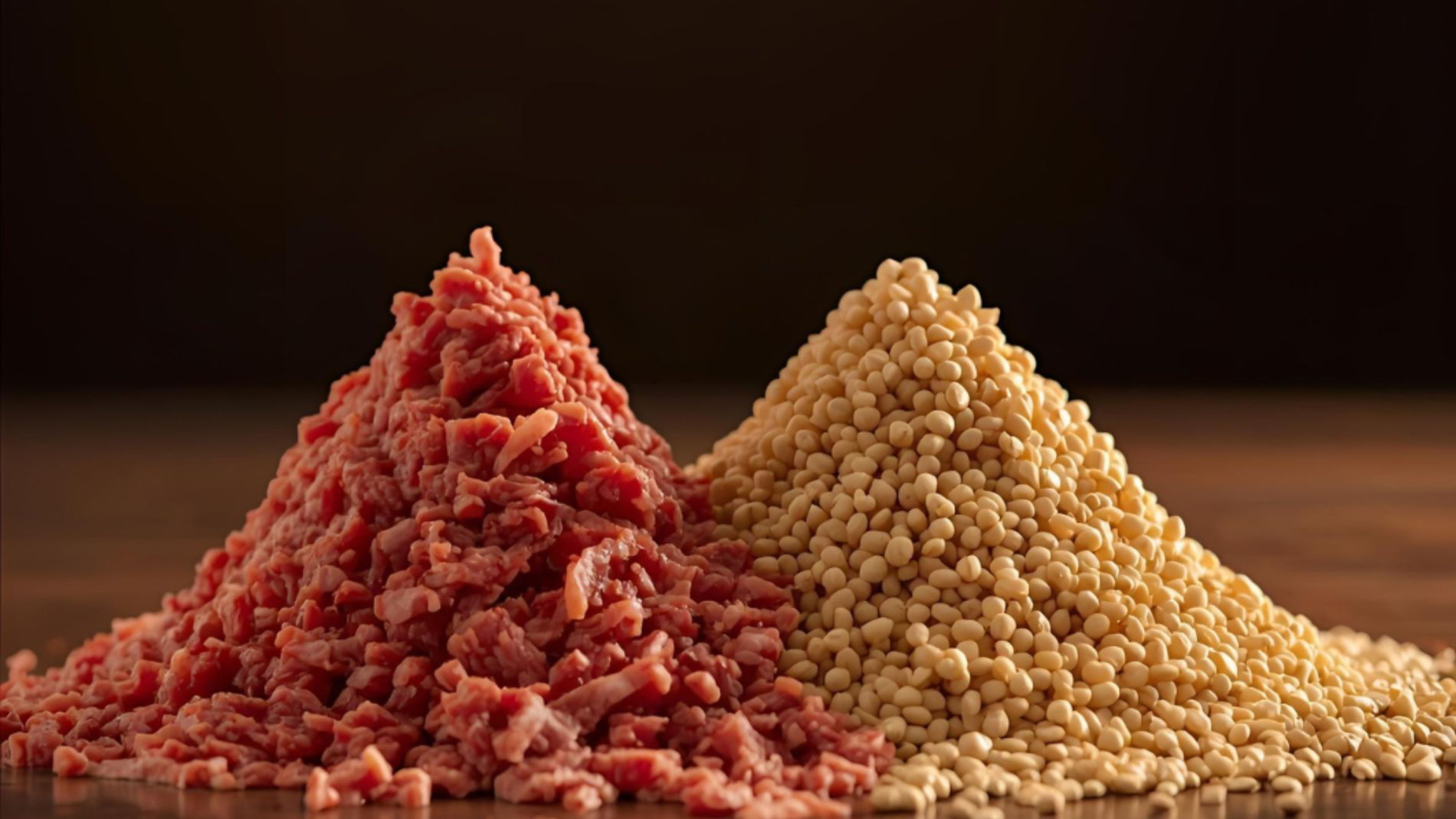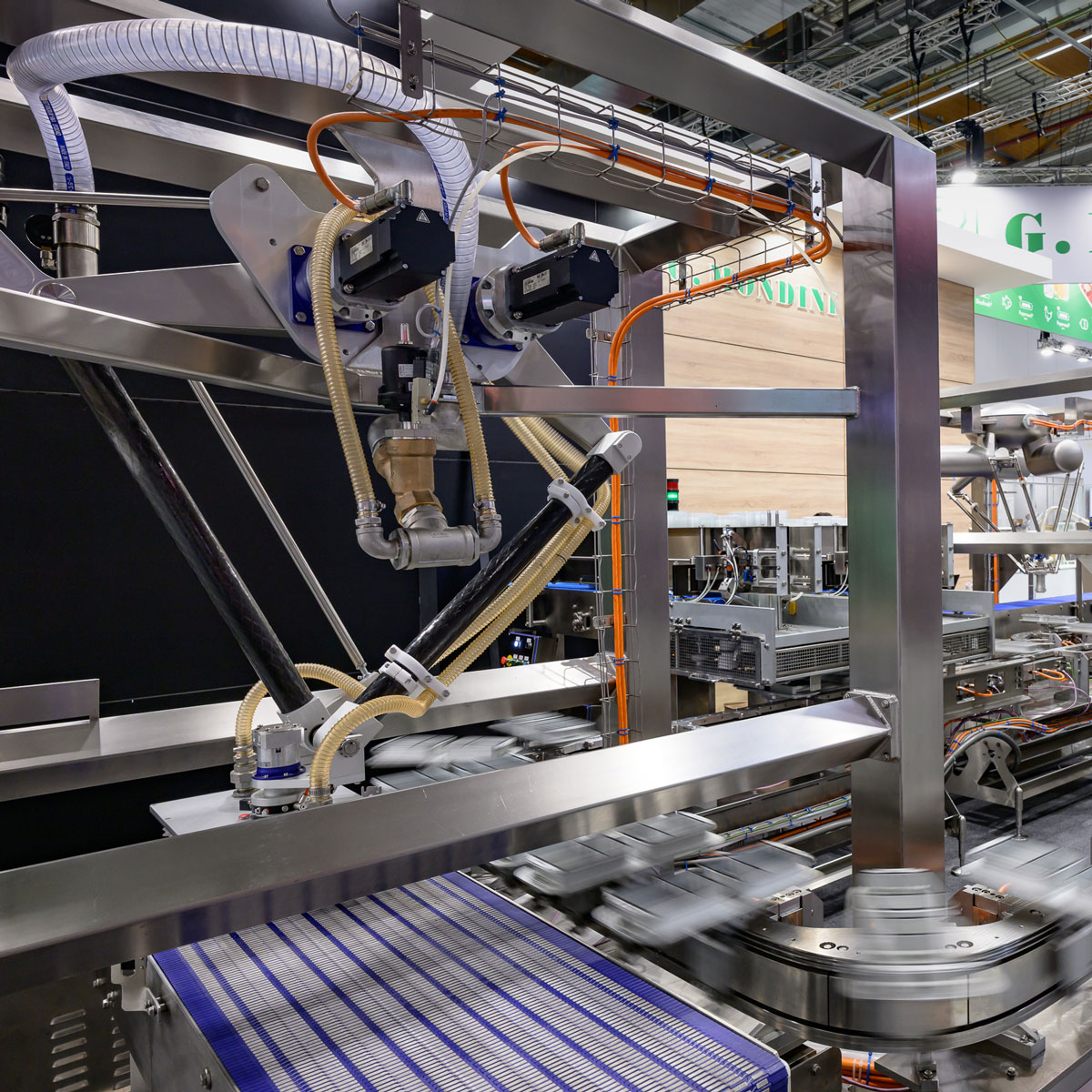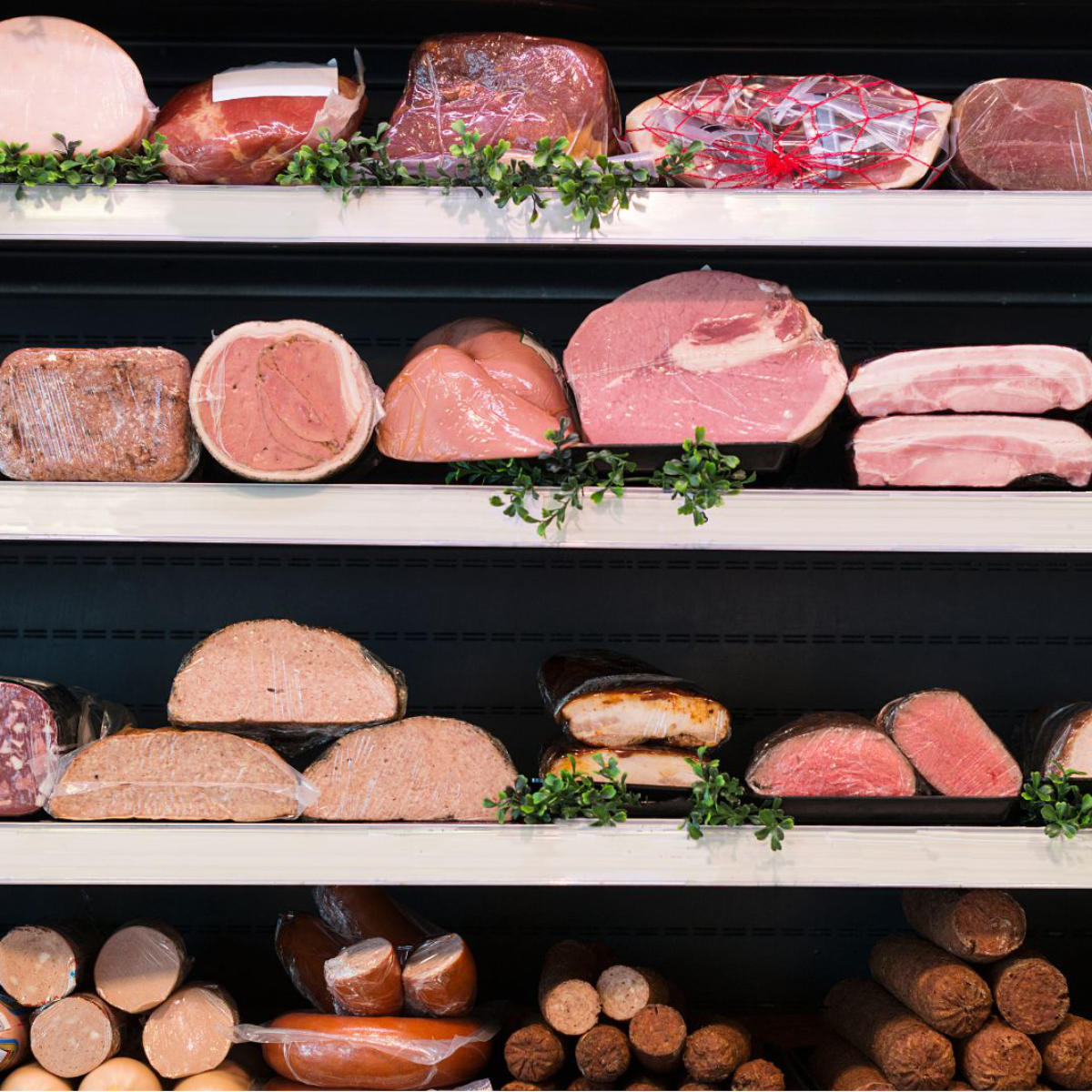Reading time: 4 minutes
Flexitarians and omnivores want enjoyable options that are suitable for everyday use – both with meat and with plant-based alternatives. Scientists recommend serving both options equally ‘at the same table’. A conciliatory approach not only opens up broad acceptance, but also new market opportunities. The Europe-wide consumer study ‘The V-Place’ shows that the large middle class in particular benefits from this.
Meat or plant-based burgers? Milk or oat drink?
The debate about nutrition is often polarised: meat lovers are pitted against vegetarians and vegans. Points of contention range from health issues and malnutrition to potentially misleading labels on plant-based products.
This is where the report ‘More choice at the common table’ (“Mehr Auswahl am gemeinsamen Tisch”) by the German Scientific Advisory Board for Agricultural Policy, Nutrition and Health Consumer Protection (“Wissenschaftlicher Beirat für Agrarpolitik, Ernährung und gesundheitlichen Verbraucherschutz” - WBAE) comes in: it recommends allowing diversity instead of replacing animal products. The aim is to strike a balance between animal products and plant-based alternatives – through conscious reduction, hybrid products or substitutes.
This is summarised in the ‘3-R strategy’: Reduce, Remix, Replace. This allows all dietary styles to share responsibility for health and the environment.
The German Federal Ministry of Agriculture, Food and Rural Affairs (“Bundesministerium für Landwirtschaft, Ernährung und Heimat”) also supports this approach. Minister Alois Rainer put it succinctly when presenting the 2025 report: ‘Don't play one off against the other.’
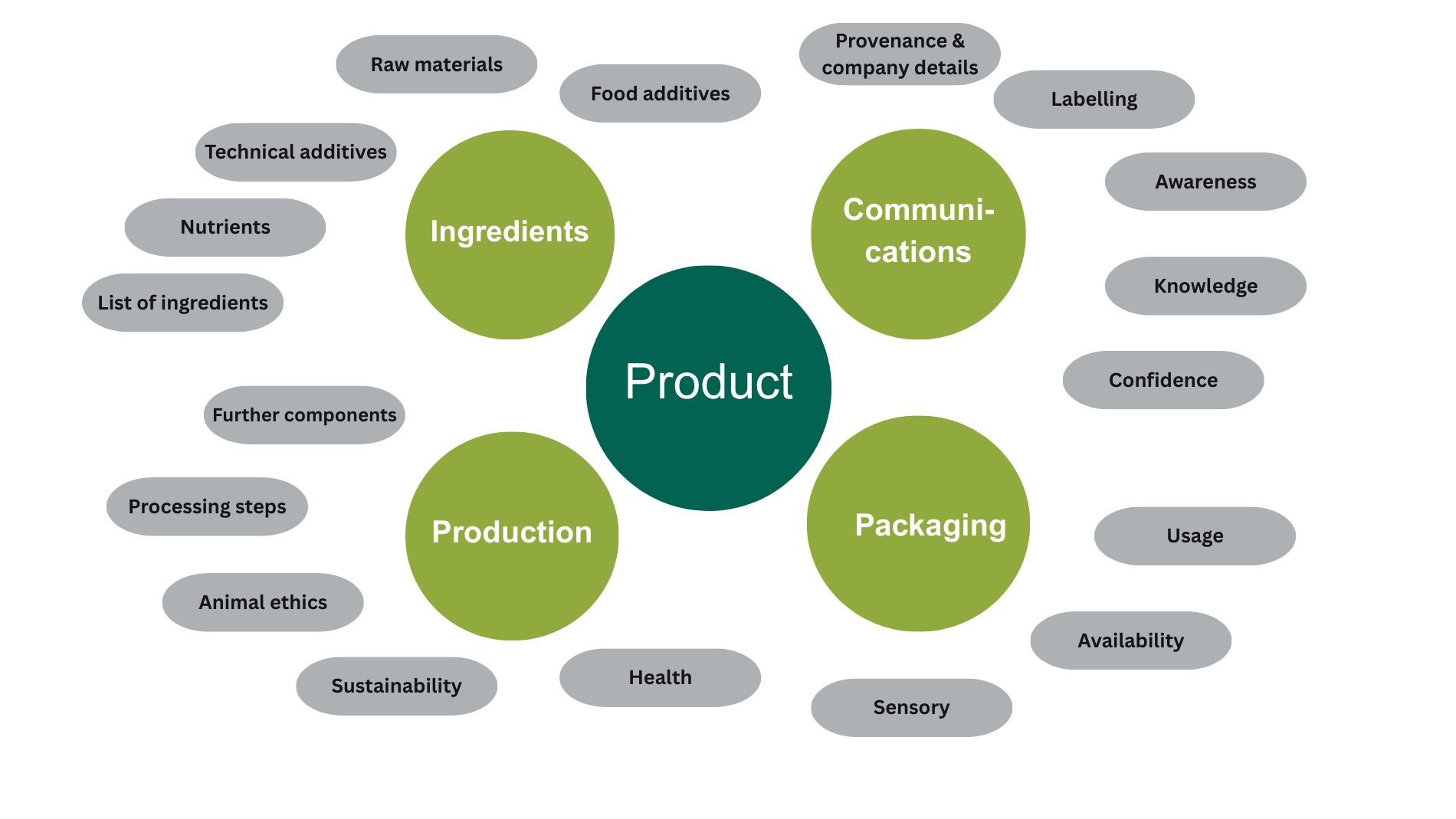
Fig. 1: The decision-making framework for plant-based products, own representation based on: Source: The V-Place
A look at the European dining table
Whether such coexistence succeeds depends largely on consumers. The study ‘The V-Place’ (Germany, France, Italy, Spain, Poland, Denmark) shows that it is not the extremes that shape the market, but the broad middle. About 16 % of those surveyed are flexitarians. They occasionally refrain from eating meat or animal products without strictly adhering to a vegetarian or vegan diet. 77 % are classic omnivores who ‘eat everything’ but are open to alternatives, provided they taste good and fit into their everyday lives. 62 % of flexitarians want to significantly reduce their meat consumption in the future, and 25 % want to buy fewer dairy products. Around 4,800 consumers and 70 industry experts were surveyed.
Moderate reductions in the broad middle have a greater impact on the environment and health than the growth of smaller groups. Germany is a pioneer: this is where the proportion of flexitarians is highest and the market for plant-based products is most developed.
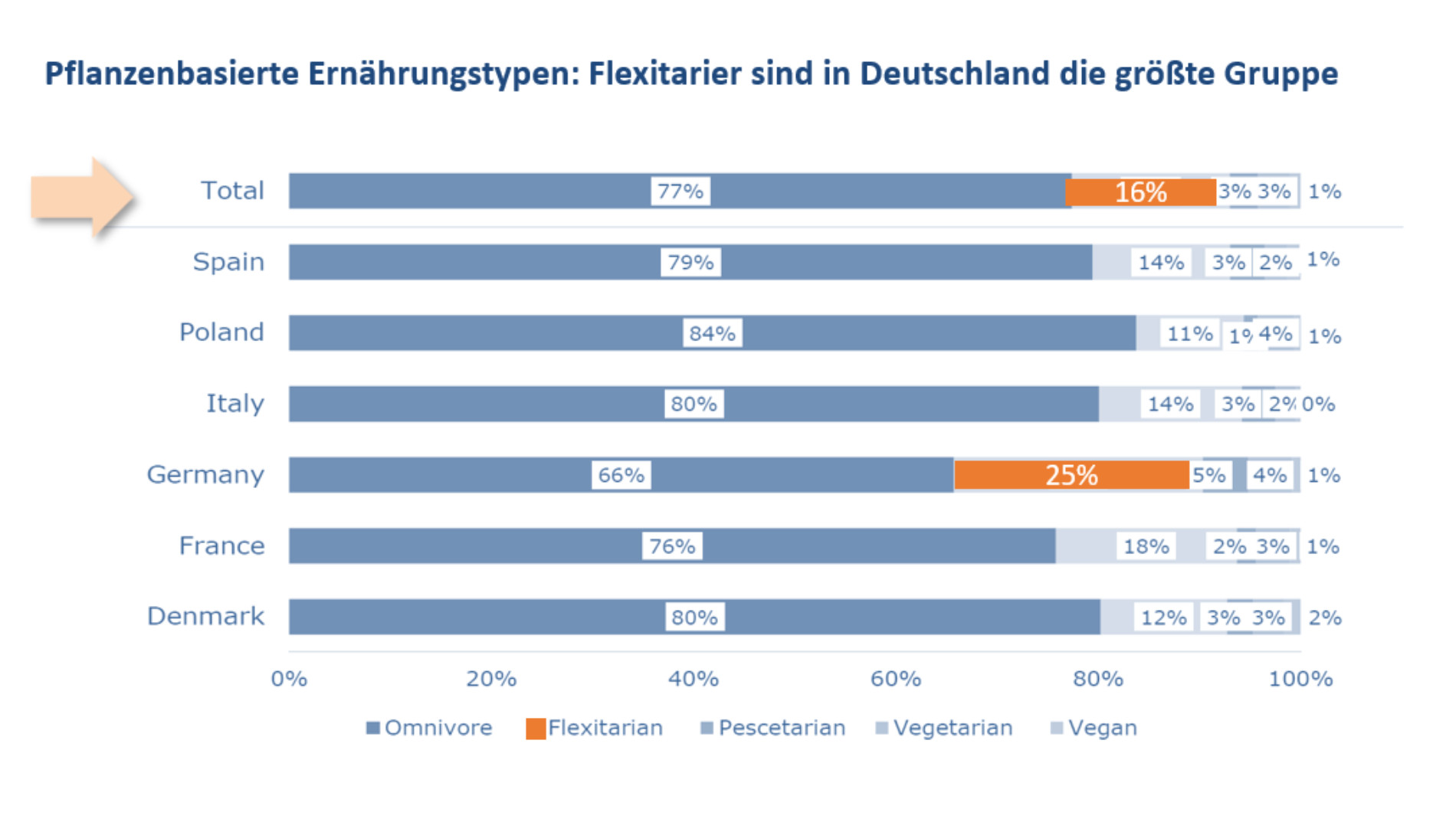
Fig. 2: Flexitarians love middle ground; in Germany, they are the largest group of people following a plant-based diet. Source: The V-Place
What the majority wants
More than half of those surveyed have already tried meat or milk substitutes. Three factors are particularly important for broad acceptance:
- Health: 79 % expect meat substitutes to have positive effects, and 80 % expect the same of milk substitutes.
- Taste: 77 % (meat substitutes) and 74 % (milk substitutes) consider good taste to be essential.
- Well-being: Around 75 % want to experience greater well-being by consuming plant-based products.
In addition, price, availability, variety and transparency play a key role. Consumers want to understand where the products come from, how they are made and what added value they offer. In Germany and Italy, animal welfare is a strong purchasing motive. Growth potential lies in independent offerings, from burger patties and cheese alternatives to ice cream made from new protein sources.
Plant-based products on the rise – but with hurdles

Acceptance is growing, especially in Germany and Denmark; in Italy and Poland, traditional diets are more firmly established. Consumers expect guidance rather than ideological trench warfare. Success factors: clear labelling, fair market conditions, educational opportunities and target group-oriented dialogue.
The WBAE recommends that politicians should create opportunities rather than impose bans. Consumers should be free to choose between steak, lentil bolognese or hybrid products. A more plant-based diet can reduce greenhouse gas emissions, especially in schools, cafeterias and canteens. However, consumers want well-founded information and clear guidance on plant-based substitutes.
Diversity instead of sacrifice
Middle ground stands for freedom of choice, not arbitrariness. Scenarios from the WBAE report show that plant-based alternatives could cushion up to 50% of the decline in animal-based foods by 2045 – today, the share is 10%. The future lies in a new, conciliatory diversity. Or as one Danish participant put it: “I eat meat. I love tofu. And I don't want to have to choose.”
Further information and sources
- The V-Place: The study ‘The V-Place - Enabling consumer choice in Vegan or Vegetarian Food Products’ was funded by the European Institute of Innovation and Technology (EIT Food) in 2020. At the heart of the study is a representative consumer survey conducted in six European countries. The practice and research consortium was coordinated under the leadership of the University of Hohenheim.
https://rc-bioeconomy.uni-hohenheim.de/vplace
https://www.eitfood.eu/projects/the-v-place-enabling-consumer-choice-in-vegan-or-vegetarian-food-products-2020
- WBAE Alternative products to animal-based foods: The report by the Wissenschaftliche Beirat für Agrarpolitik, Ernährung und gesundheitlichen Verbraucherschutz (German Scientific Advisory Board for Agricultural Policy, Nutrition and Health Consumer Protection (WBAE)) entitled ‘More choice at the common table: Alternative products to animal-based foods as a contribution to a more sustainable diet’ was submitted to the Bundesministerium für Landwirtschaft, Ernährung und Heimat (German Federal Ministry of Agriculture, Food and Rural Affairs (BMLEH)) in July 2025.
https://www.bmleh.de/SharedDocs/Downloads/DE/_Ministerium/Beiraete/agrarpolitik/alternativprodukte-tierische-lebensmittel.pdf?__blob=publicationFile&v=4
Infobox ‘Plant-based’ and vegan
‘Plant-based’ refers to all foods that are purely plant-based and resemble or are intended to replace animal-based foods in texture, taste or appearance. According to Plant-Based Foods Europe plant-based foods can be consumed at the same times and in the same way as meat and dairy products. From a consumer perspective, plant-based foods are more than just imitations of their animal-based counterparts or ready meals. They also understand it to mean independent plant-based foods that they can prepare themselves at home, as well as fruit and vegetables (‘plant food’). For them, ‘plant-based’ is an accepted, more neutral term for the rather negatively connoted term “vegan”. Consumers often associate ‘vegan’ with highly processed foods, sacrifice or ideologisation, but also convenience. The guidelines of the Deutsches Lebensmittelbuch (German Food Code) describe what vegan and vegetarian foods are. Labels based on traceable standards, such as the V-Label or the Vegan Flower, can provide basic guidance to those interested. There is no corresponding label for ‘plant-based’.
Cover image: Fig. 4: Reformulated recipes in hybrid products consist of animal and plant-based ingredients. Source: Gebhardt (AI-generated with Canva)
